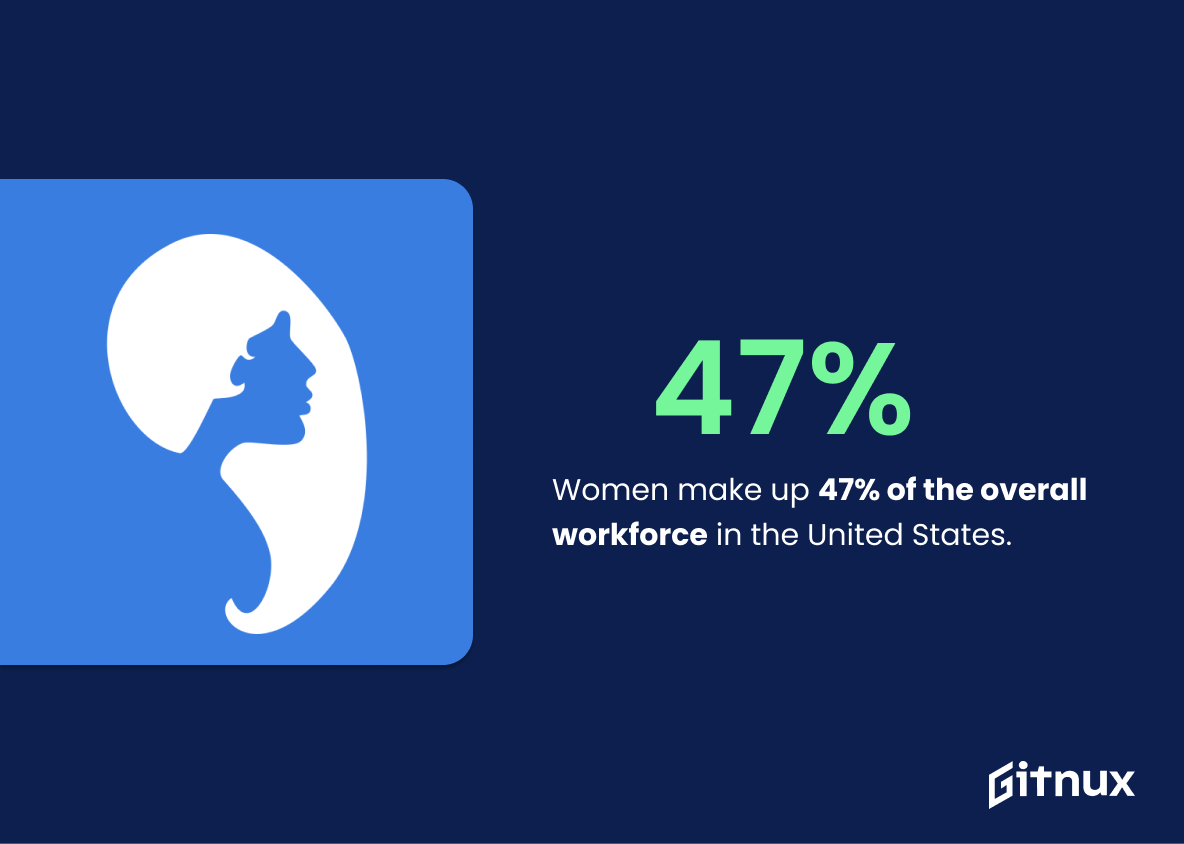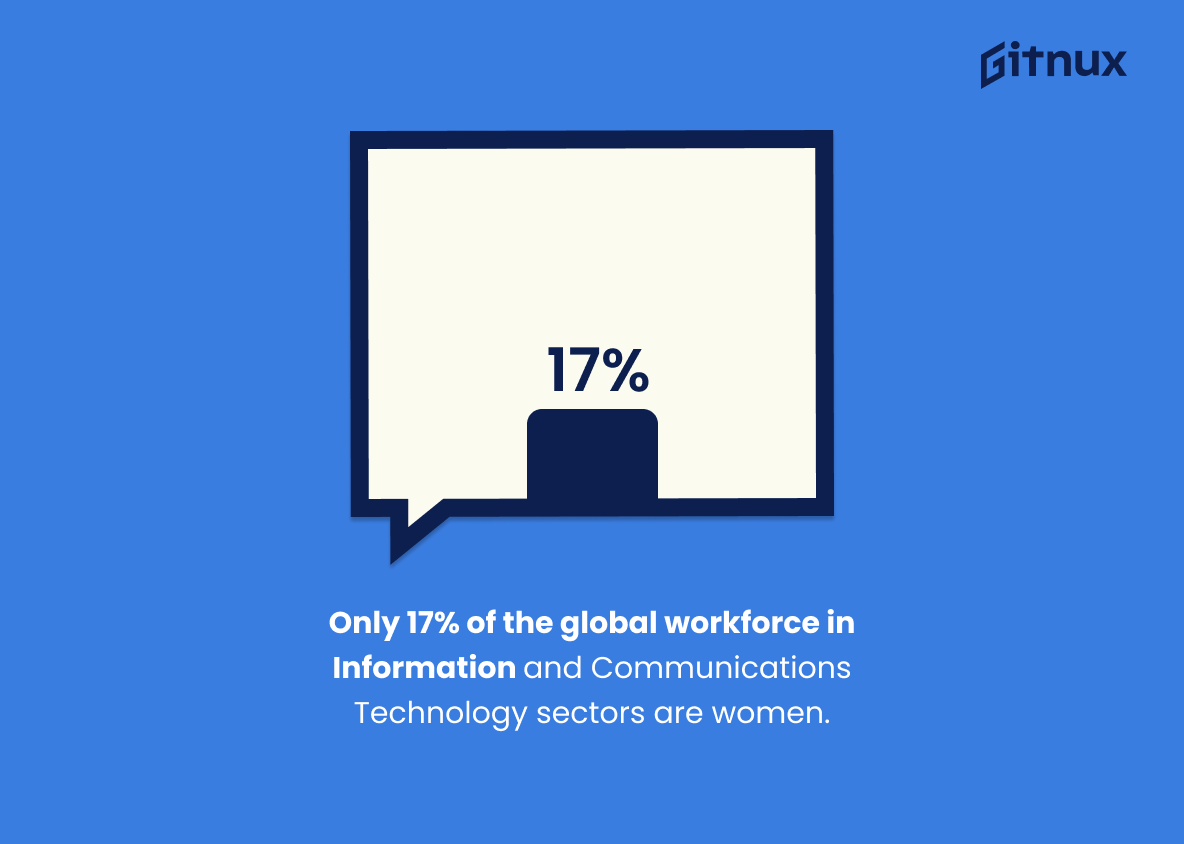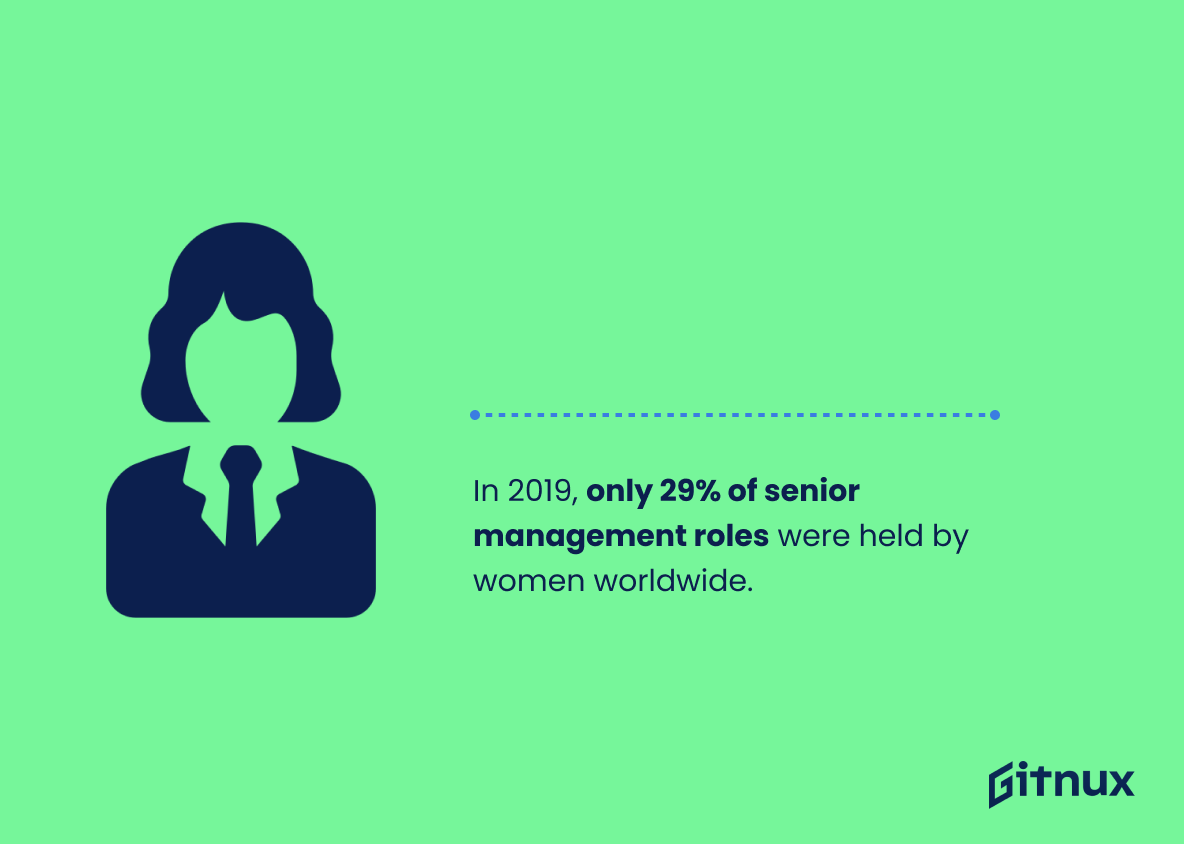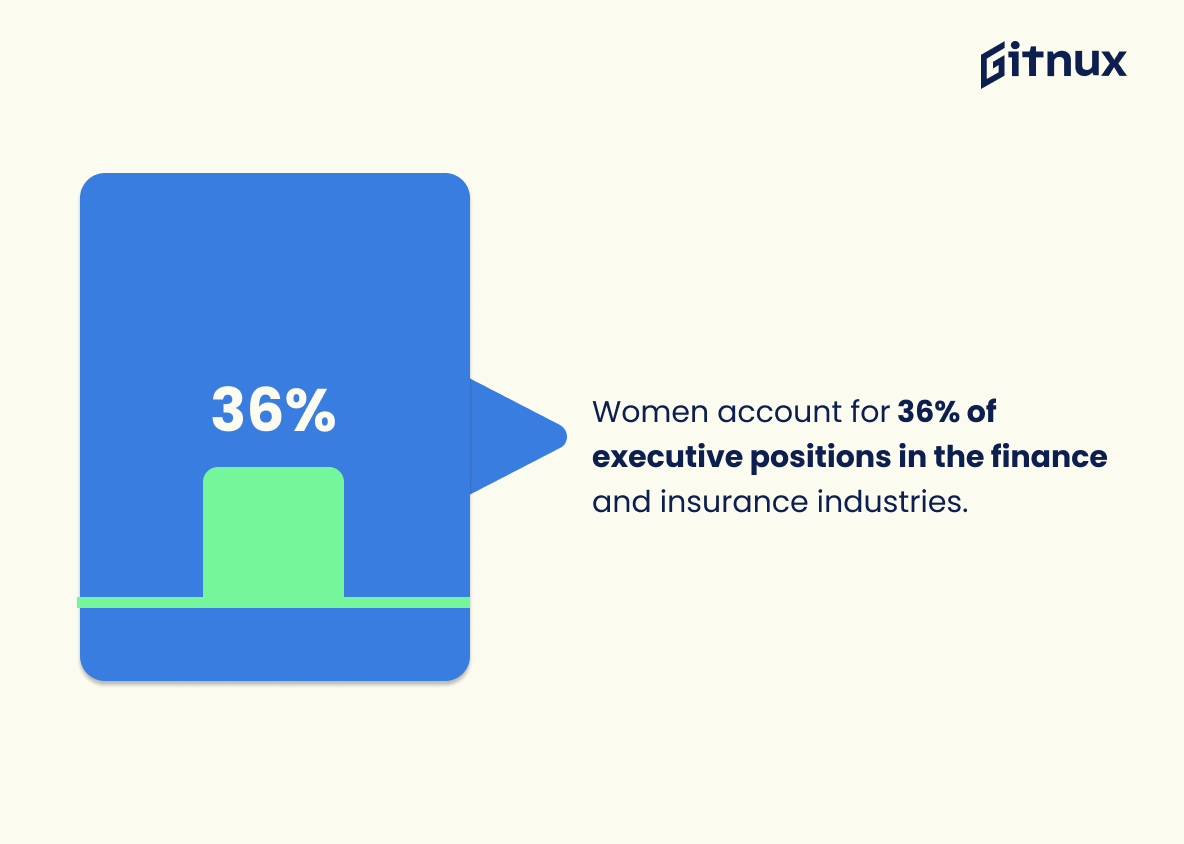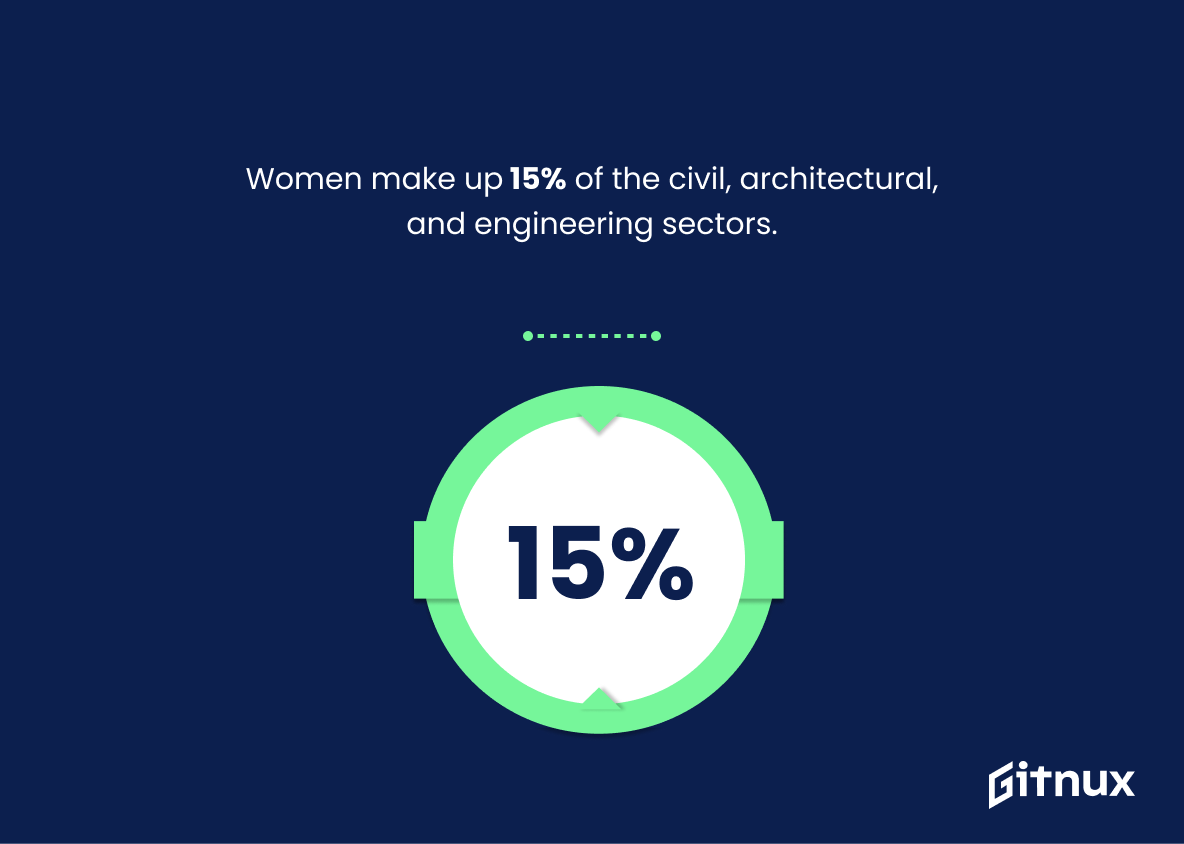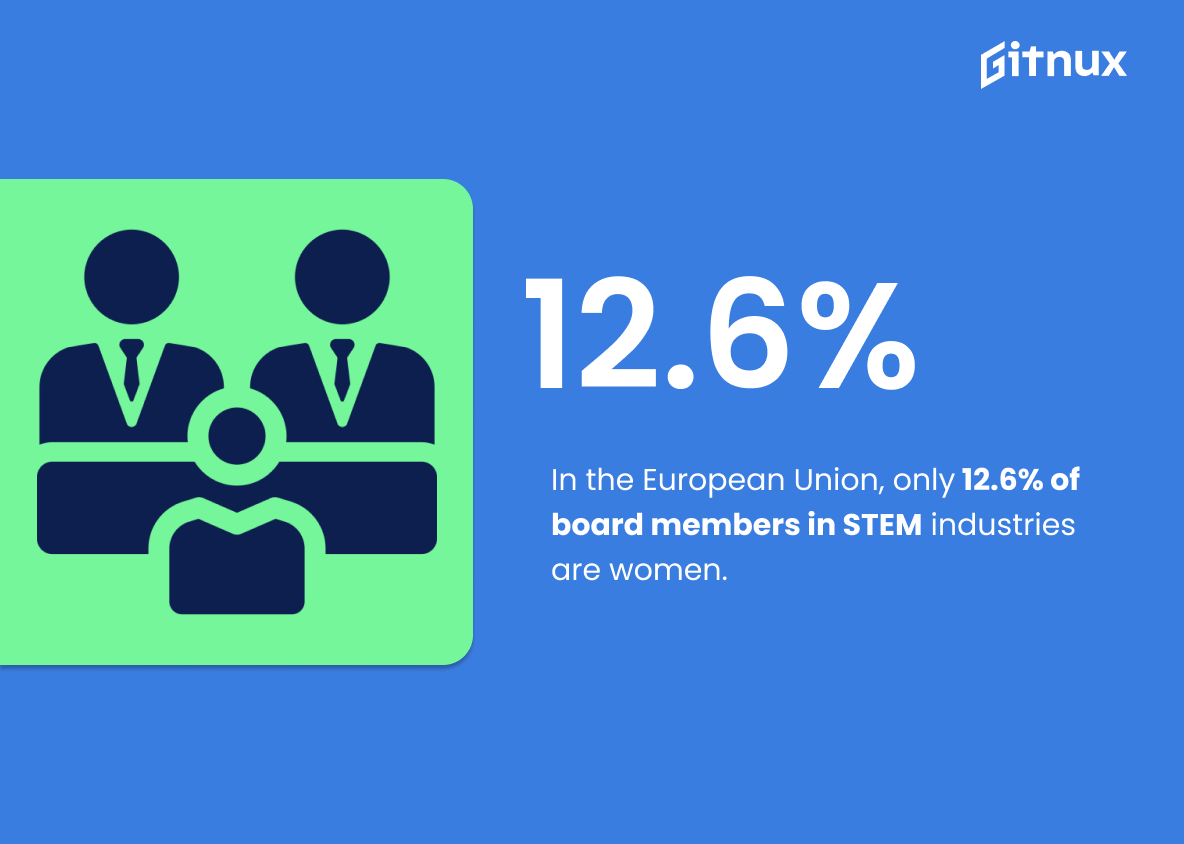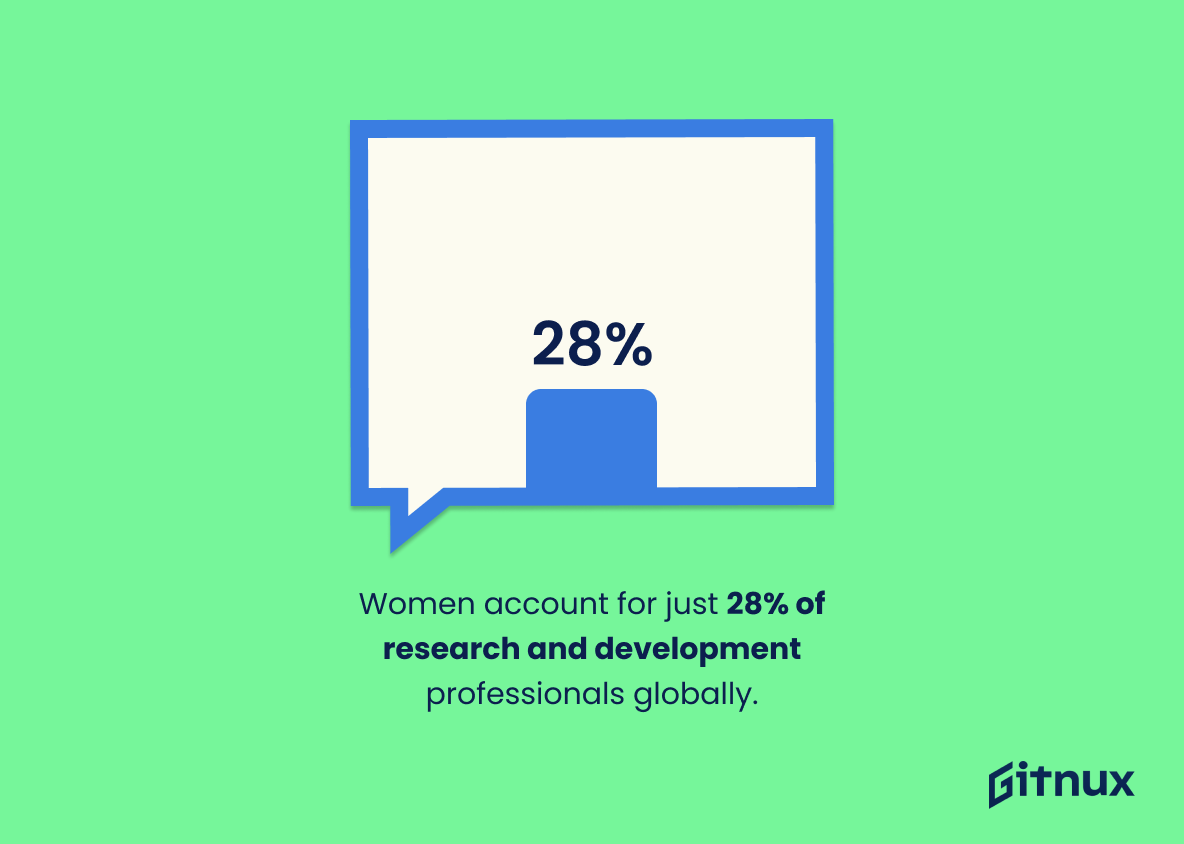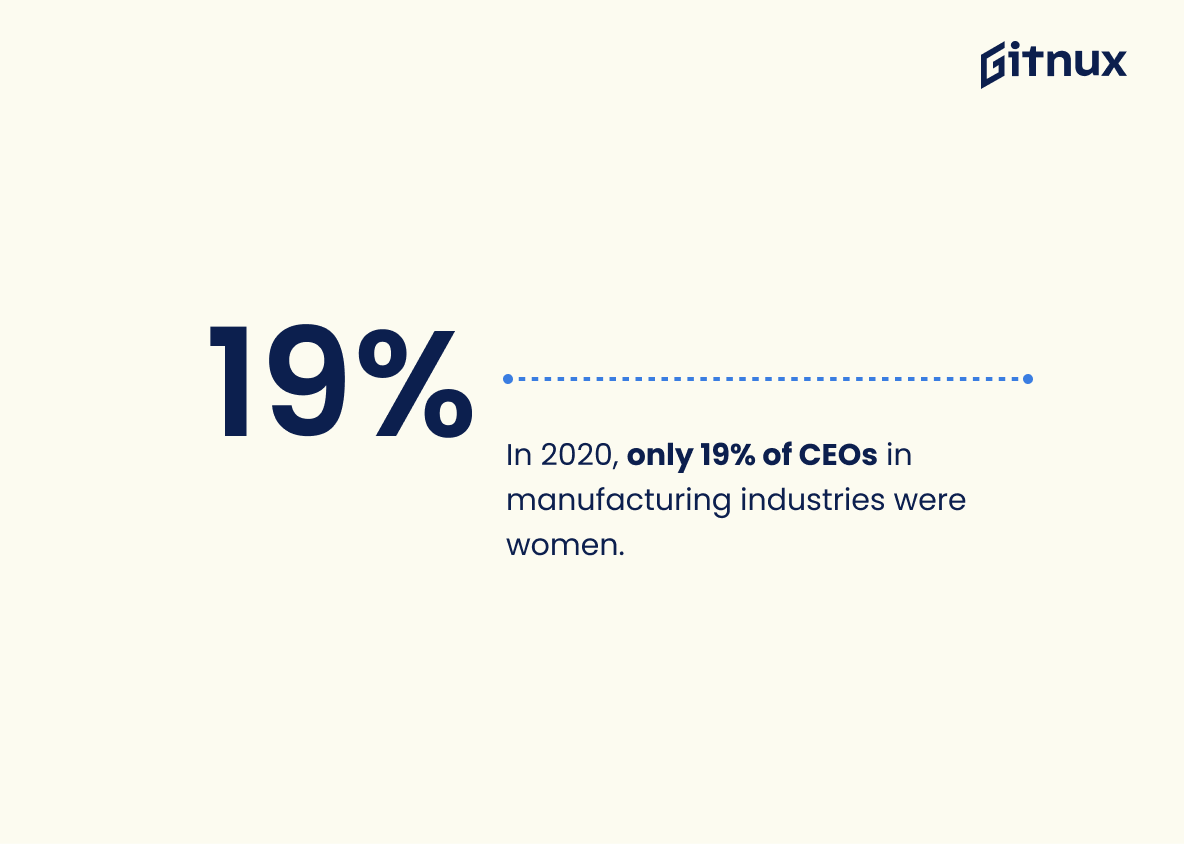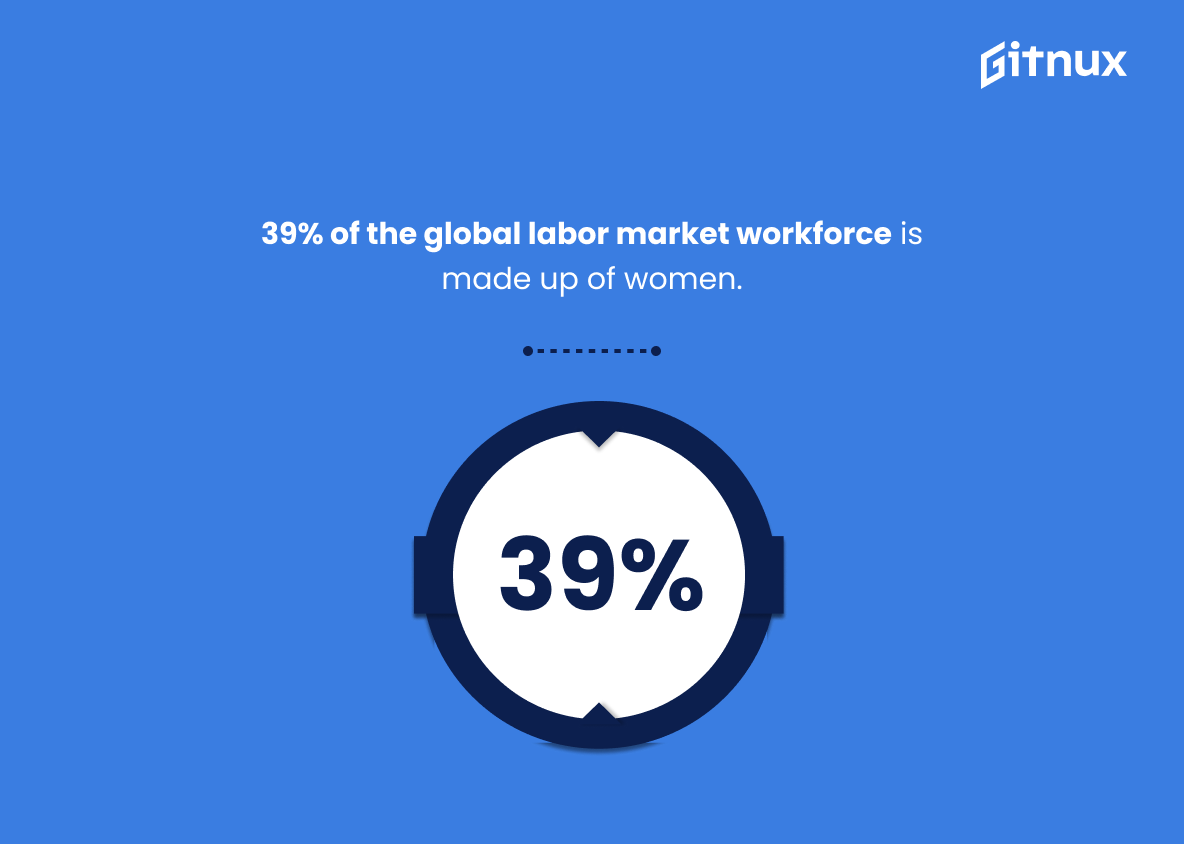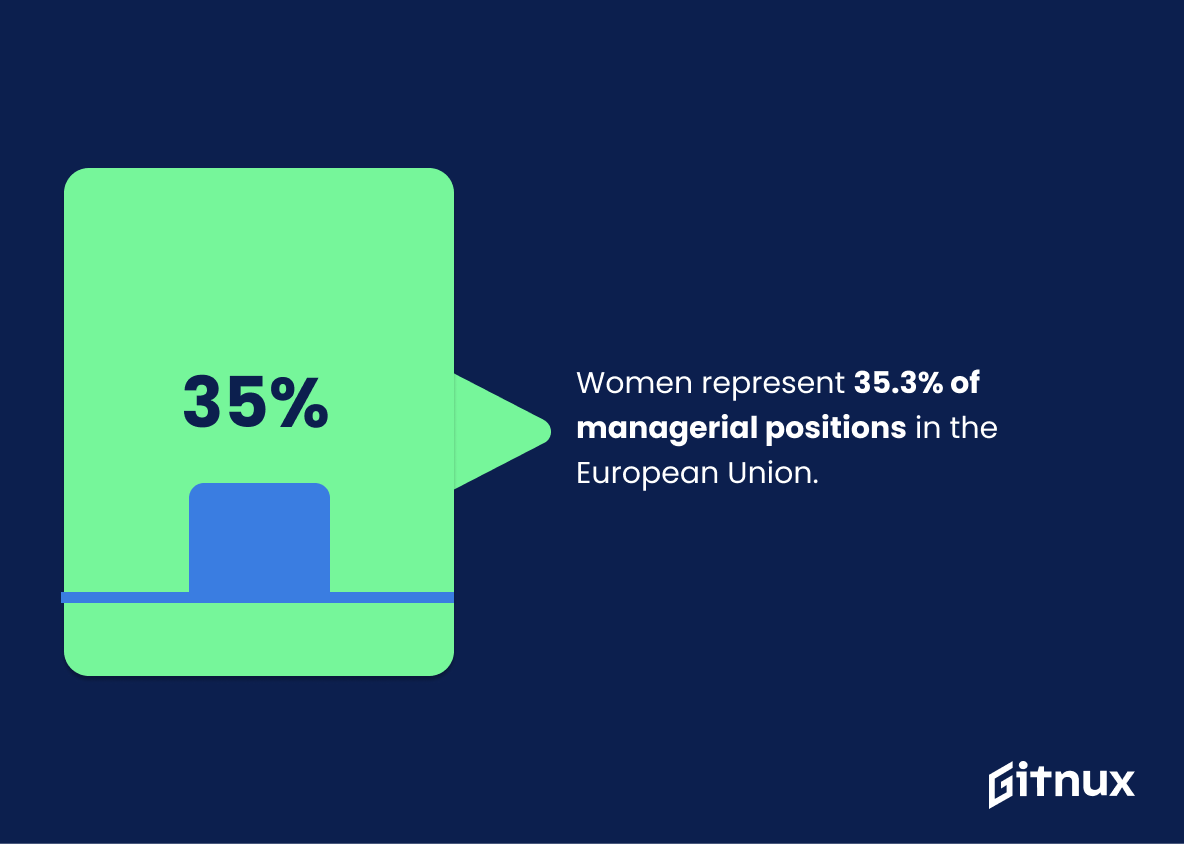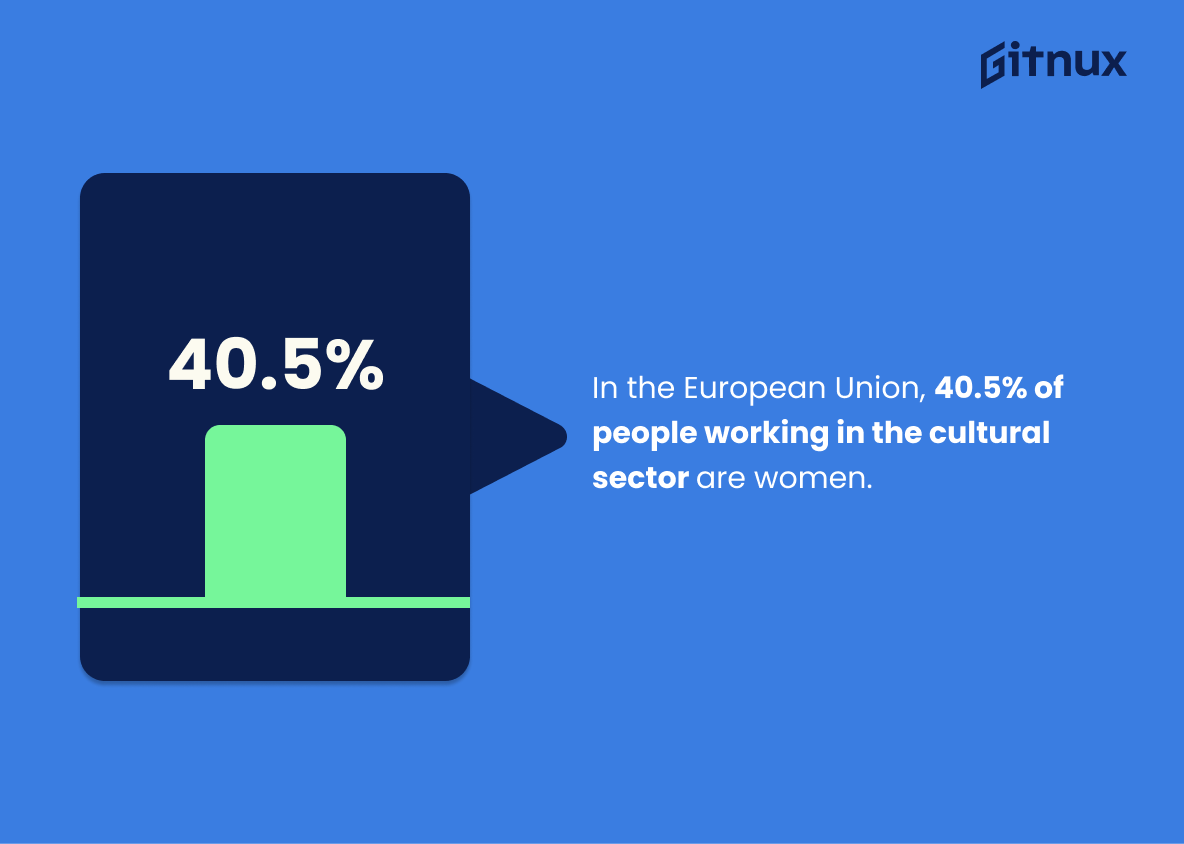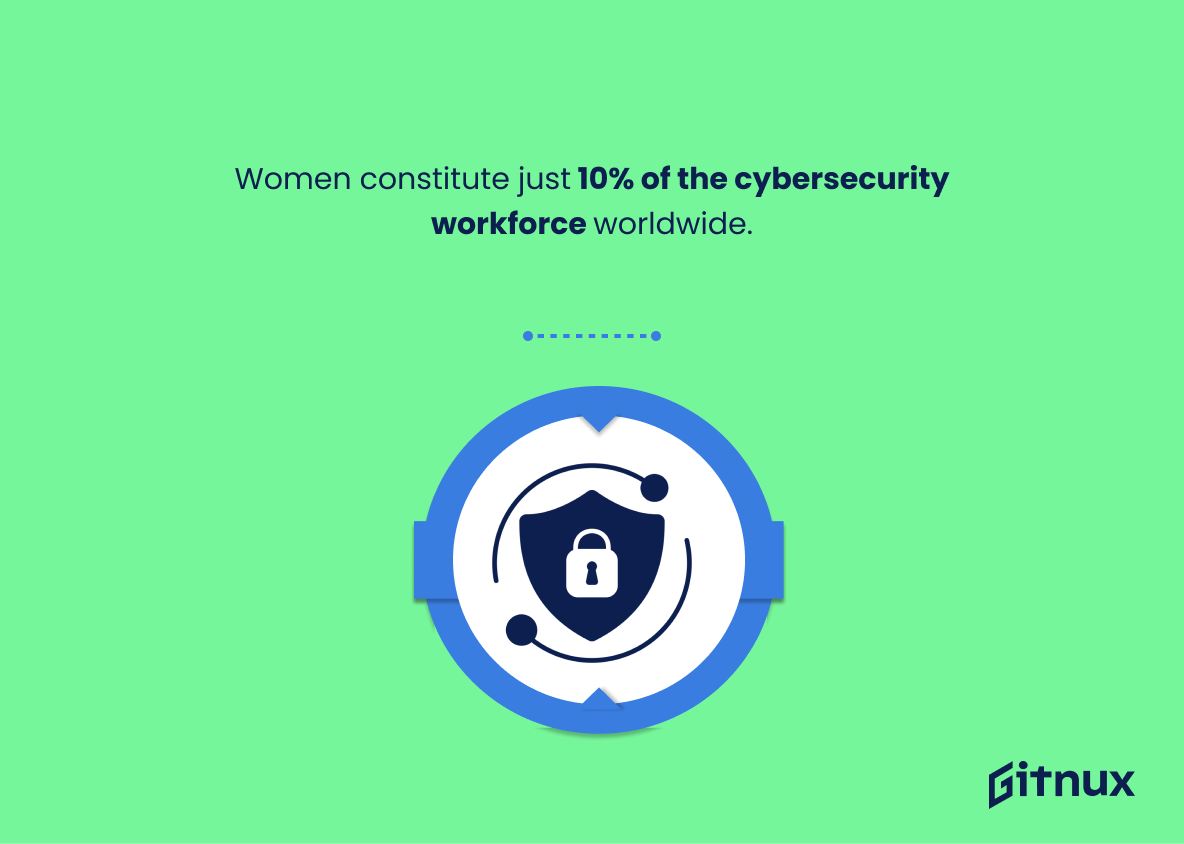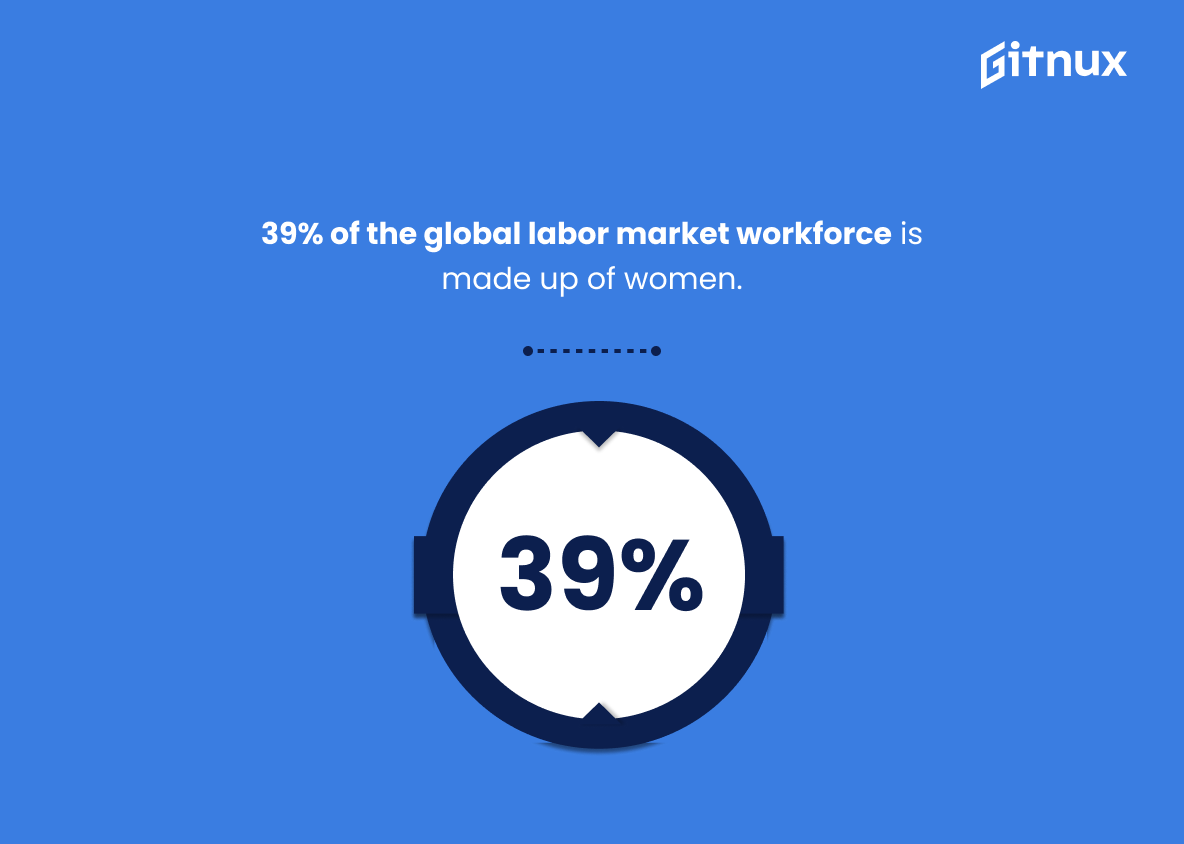The statistics on women in the workforce are eye-opening. From the global Information and Communications Technology sector to executive positions in finance and insurance, from civil engineering to computing, it is clear that there is still a long way to go before gender parity can be achieved. This blog post will explore 20 different industry statistics related to women’s participation in various sectors around the world. We’ll look at data from sources such as Catalyst, StatCan, BLS (Bureau of Labor Statistics), NCWIT (National Center for Women & Information Technology), EIGE (European Institute for Gender Equality) NAWBO (National Association of Women Business Owners), OECD (Organization for Economic Co-operation and Development) PWC(PricewaterhouseCoopers) LinkedIn SlotMachine JoelComm , G20 countries and more. Let’s dive into these numbers together so we can better understand where progress has been made – or not – when it comes to female representation across industries worldwide.
This statistic is a powerful reminder of the immense contribution women make to the US workforce. It highlights the importance of recognizing and celebrating the achievements of women in the workplace, and the need to ensure that they are given equal opportunities and access to resources. It also serves as a reminder of the need to continue to strive for gender equality in the workplace, and to create an environment where women can thrive and reach their full potential.
Only 17% of the global workforce in Information and Communications Technology sectors are women.
This statistic is a stark reminder of the gender gap that exists in the Information and Communications Technology sectors. It highlights the need for greater efforts to be made to ensure that women are given equal opportunities to pursue careers in this field. It also serves as a call to action for organizations to take steps to create a more inclusive and diverse workplace.
Women Industry Statistics Overview
In 2019, only 29% of senior management roles were held by women worldwide.
This statistic serves as a stark reminder of the gender gap that still exists in the workplace. It highlights the need for greater representation of women in senior management roles, and the importance of creating an environment where women can thrive and reach their full potential. It also serves as a call to action for organizations to take steps to ensure that women are given equal opportunities to succeed in the workplace.
Women account for 36% of executive positions in the finance and insurance industries.
This statistic is a powerful reminder of the progress that has been made in the finance and insurance industries in terms of gender equality. It shows that women are increasingly taking on executive roles in these industries, which is a positive sign for the future of gender equality in the workplace. This statistic is an important part of the conversation about women in the workplace and should be highlighted in any blog post about women industry statistics.
Women make up 15% of the civil, architectural, and engineering sectors.
This statistic is a stark reminder of the gender gap that exists in the civil, architectural, and engineering sectors. It highlights the need for more women to be represented in these industries, and the importance of creating an environment that is conducive to their success. It also serves as a call to action for organizations to take steps to ensure that women are given equal opportunities and access to these fields.
In the European Union, only 12.6% of board members in STEM industries are women.
This statistic is a stark reminder of the gender gap that exists in STEM industries in the European Union. It highlights the need for more female representation in these industries, and serves as a call to action for organizations to take steps to ensure that women are given equal opportunities to pursue careers in STEM. It also serves as a reminder of the importance of creating an inclusive and equitable workplace environment for all genders.
Women account for just 28% of research and development professionals globally.
This statistic is a stark reminder of the gender gap that exists in the research and development field. It highlights the need for more women to be included in the industry, and for more opportunities to be made available to them. It also serves as a call to action for organizations to take steps to ensure that women are given equal access to the same opportunities as their male counterparts. This statistic is an important part of the conversation about women in the industry, and it should not be overlooked.
In 2020, only 19% of CEOs in manufacturing industries were women.
This statistic is a stark reminder of the gender gap that exists in the manufacturing industry. It highlights the fact that women are still underrepresented in leadership roles, and that there is still a long way to go before gender parity is achieved. This statistic is an important part of the conversation about women in industry, and it serves as a reminder that there is still work to be done to ensure that women have equal access to opportunities in the manufacturing sector.
Women represent 35.3% of managerial positions in the European Union.
This statistic is a powerful reminder of the progress that has been made in the European Union towards gender equality in the workplace. It highlights the fact that women are increasingly taking on managerial roles and making their mark in the business world. This statistic is a testament to the hard work and dedication of women in the European Union, and it serves as an inspiration to other women who are striving to make their mark in the industry.
39% of the global labor market workforce is made up of women.
This statistic is a powerful reminder of the immense contribution women make to the global labor market. It highlights the importance of recognizing and celebrating the hard work and dedication of women in the workforce, and the need to ensure that they are given the same opportunities and resources as their male counterparts. It also serves as a reminder of the need to continue to strive for gender equality in the workplace, and to create an environment where women can thrive and reach their full potential.
In 2019, the gender pay gap in the industry sector in the European Union was 14.5%.
This statistic is a stark reminder of the gender inequality that persists in the industry sector in the European Union. It highlights the fact that women are still not receiving the same pay as their male counterparts, despite the fact that they are doing the same job. This statistic is a call to action for employers to take steps to close the gender pay gap and ensure that women are paid fairly for their work. It is also a reminder that more needs to be done to ensure that women are given equal opportunities in the industry sector.
In 2021, women held 33.1% of board seats in S&P 500 companies in the United States.
This statistic is a powerful reminder of the progress that has been made in the fight for gender equality in the workplace. It shows that, despite the challenges that women have faced in the past, they are now making up a significant portion of board seats in S&P 500 companies. This statistic is a testament to the hard work and dedication of women in the industry, and it serves as an inspiration for other women to continue striving for success.
In the United States, women-owned businesses grew 21% from 2014 to 2019, compared to the 9% growth for all businesses.
This statistic is a powerful testament to the progress women have made in the business world. It shows that women-owned businesses are growing at a much faster rate than all businesses, indicating that women are increasingly taking the lead in the industry. This statistic is an important reminder of the importance of supporting and encouraging female entrepreneurs, and it serves as a reminder of the potential of women in the business world.
In the European Union, 40.5% of people working in the cultural sector are women.
This statistic is a powerful reminder of the progress that has been made in the cultural sector in terms of gender equality. It shows that women are increasingly being given the opportunity to work in this sector, and that their contributions are being recognized and valued. This statistic is an important part of the larger conversation about the importance of gender equality in the workplace, and it serves as a reminder that there is still work to be done in order to ensure that women are given equal opportunities in all industries.
Women constitute just 10% of the cybersecurity workforce worldwide.
This statistic is a stark reminder of the gender gap that exists in the cybersecurity workforce. It highlights the need for more women to be encouraged and supported to pursue careers in this field, in order to create a more diverse and inclusive workforce. It also serves as a call to action for organizations to take steps to ensure that women are given equal opportunities to succeed in the cybersecurity industry.
Across the G20 countries, women on average spend 59 more minutes per day than men on unpaid work, which includes work in family businesses.
This statistic is a stark reminder of the gender inequality that persists in the G20 countries. It highlights the fact that women are still shouldering the majority of the unpaid work, such as work in family businesses, while men are able to dedicate more time to paid work. This statistic is an important indicator of the gender gap that exists in the workplace and serves as a reminder that more needs to be done to ensure that women are given equal opportunities in the workplace.
In 2016, only 24% of employees in the United States who worked in IoT (Internet of Things) were women.
This statistic serves as a stark reminder of the gender disparity that exists in the IoT industry. It highlights the need for greater efforts to be made to ensure that women are given equal opportunities to pursue careers in this field. It also serves as a call to action for companies to take steps to create a more inclusive and diverse workplace. By doing so, they can help to create a more equitable and prosperous future for all.
Conclusion
The statistics presented in this blog post demonstrate the gender disparities that exist across many industries. Women are underrepresented in STEM fields, executive positions, and senior management roles worldwide. They also make up a smaller portion of the global workforce than men do overall. Additionally, women-owned businesses have grown at a faster rate than all other businesses since 2014 but still only account for 17% of startups with female founders. These figures show that there is much work to be done to close the gender gap and ensure equal representation among genders within various sectors around the world.
References
0. – https://www.pwc.com
1. – https://www.americanexpress.com
2. – https://www.linkedin.com
3. – https://www.catalyst.org
4. – https://www.bls.gov
5. – https://www.ilo.org
6. – https://www.eige.europa.eu
7. – https://www.ec.europa.eu
8. – https://www.data.oecd.org
9. – https://www.oecd.org
10. – https://www.50.statcan.gc.ca
